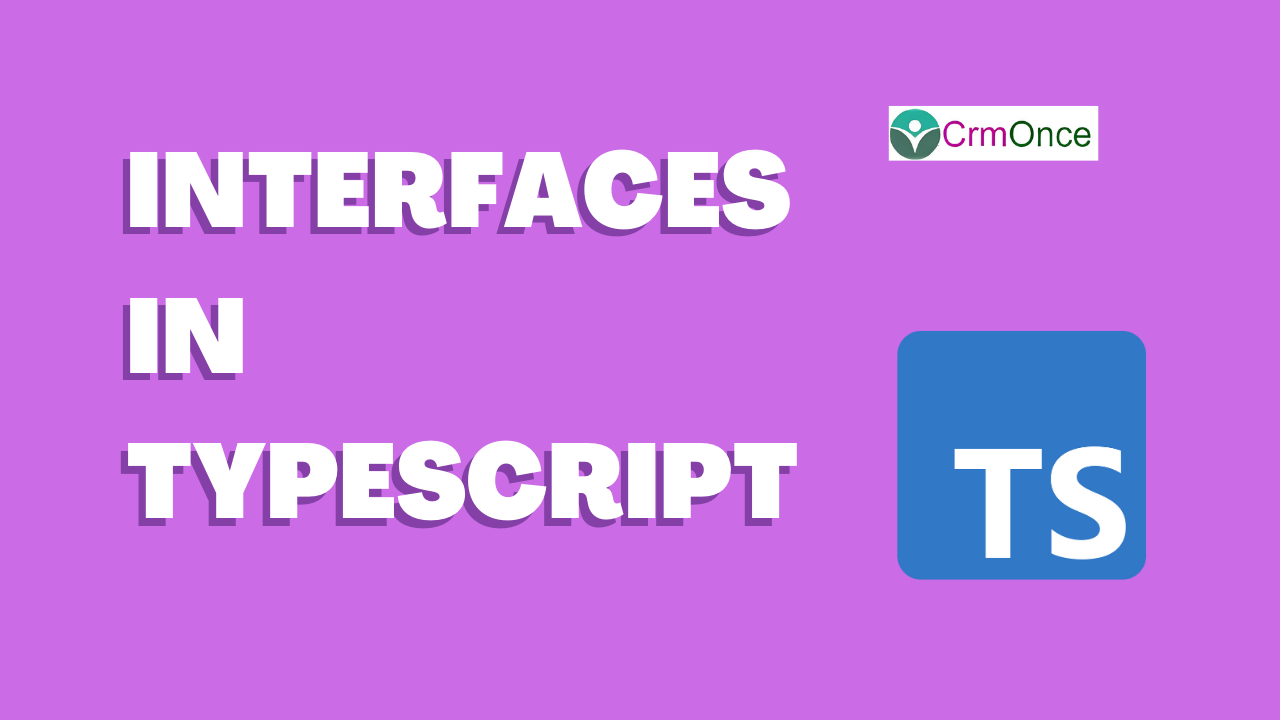In this blog we can see the interfaces in TypeScript.
Introduction :
An interface is a syntactical contract to which an entity must adhere. In other words, an interface specifies the syntax that all entities must follow.
Interfaces define the properties, methods, and events of the interface’s members. Interfaces only contain the member declarations. The deriving class is responsible for defining the members. It is frequently useful in providing a standard structure for the deriving classes to follow.
Introduction :
An interface is a syntactical contract to which an entity must adhere. In other words, an interface specifies the syntax that all entities must follow.
Interfaces define the properties, methods, and events of the interface’s members. Interfaces only contain the member declarations. The deriving class is responsible for defining the members. It is frequently useful in providing a standard structure for the deriving classes to follow.
How interfaces is differ from inheritance .
interface :
1.Only variables and methods are declared in an interface.
2.An interface type object cannot declare any new methods or variables.
3.The variables and methods that must be present in an object are enforced by the interface.
Inheritance :
1.Variables and methods are declared and defined by a super class.
2.A subclass that derives from a superclass is allowed to define and declare its own variables and methods.
3. A sub class enhances a super class’s functionality to meet specific requirements.
interface :
1.Only variables and methods are declared in an interface.
2.An interface type object cannot declare any new methods or variables.
3.The variables and methods that must be present in an object are enforced by the interface.
Inheritance :
1.Variables and methods are declared and defined by a super class.
2.A subclass that derives from a superclass is allowed to define and declare its own variables and methods.
3. A sub class enhances a super class’s functionality to meet specific requirements.
Example :
var Employee1 = {
name: “vinay”,
Empnumber: 1005,
displayInformation: function () {
console.log(“\n—- Employee Information —-“);
console.log(“Name is : ” + Employee1.name);
console.log(“Roll Number is : ” + Employee1.Empnumber);
}
};
console.log(Employee1.name);
console.log(Employee1.Empnumber);
Employee1.displayInformation();
Output :
vinay
1005
—- Employee Information —-
Name is : vinay
Roll Number is : 1005
For any Help or Queries Contact us on info@crmonce.com or +918096556344

